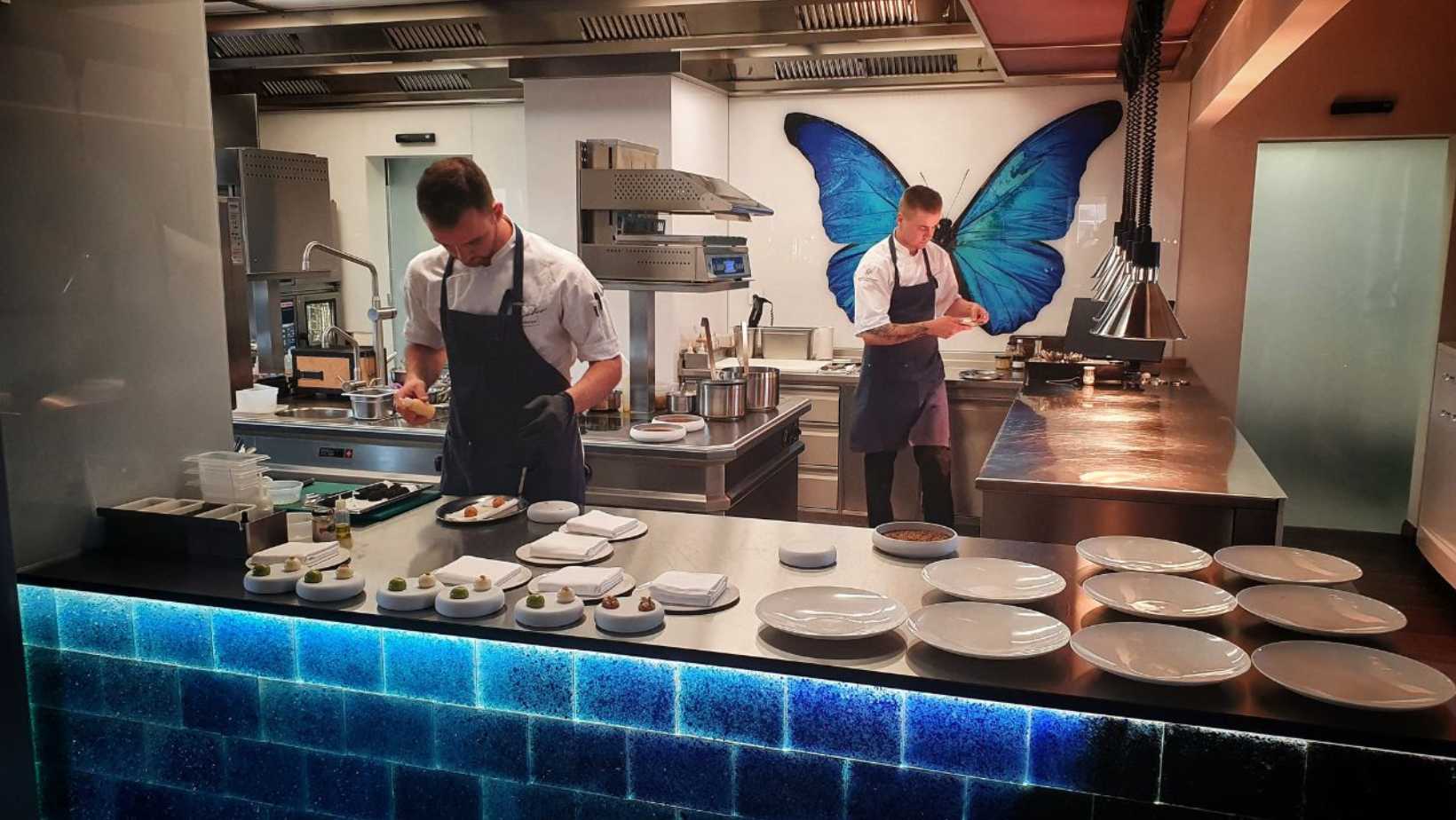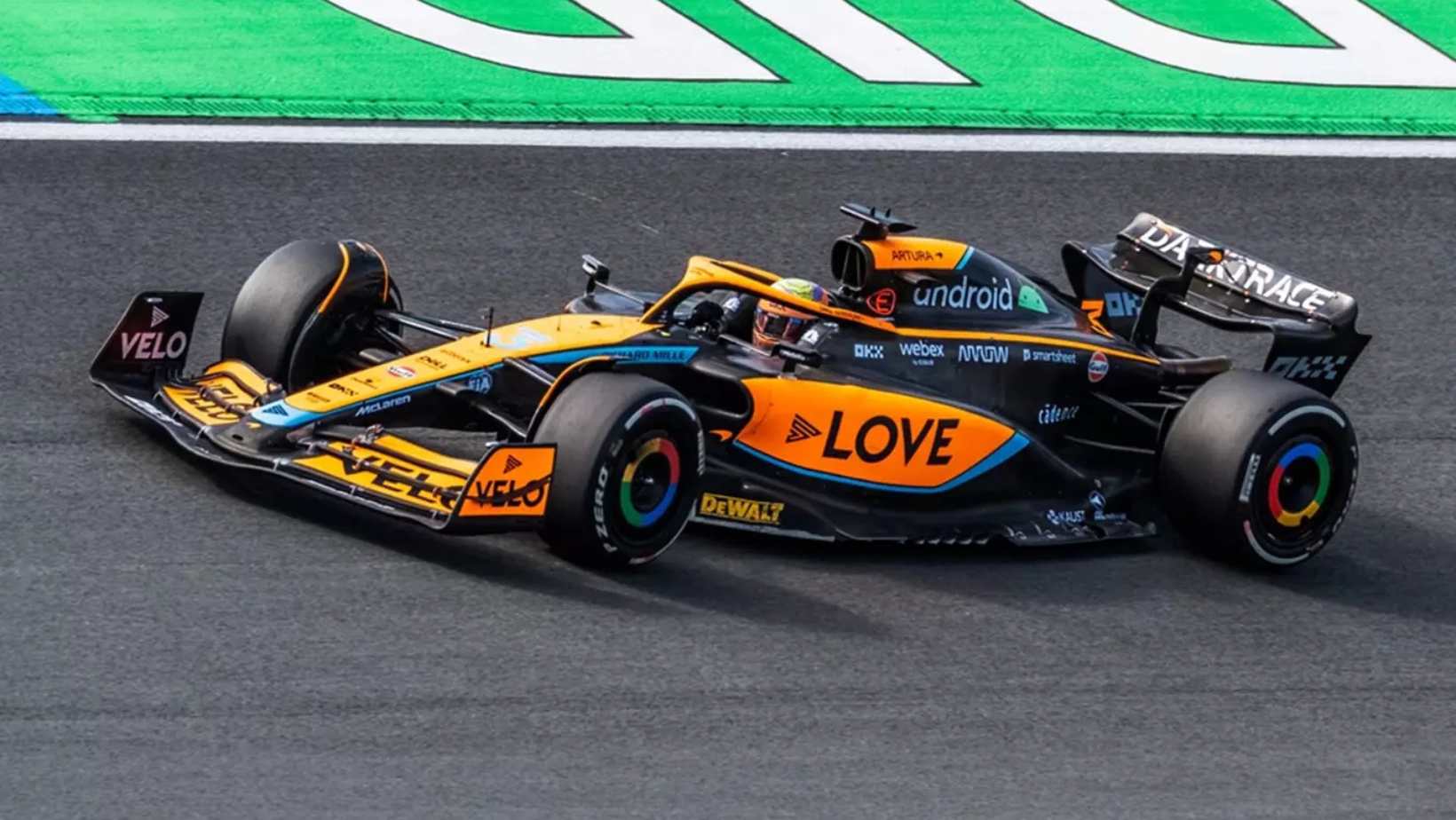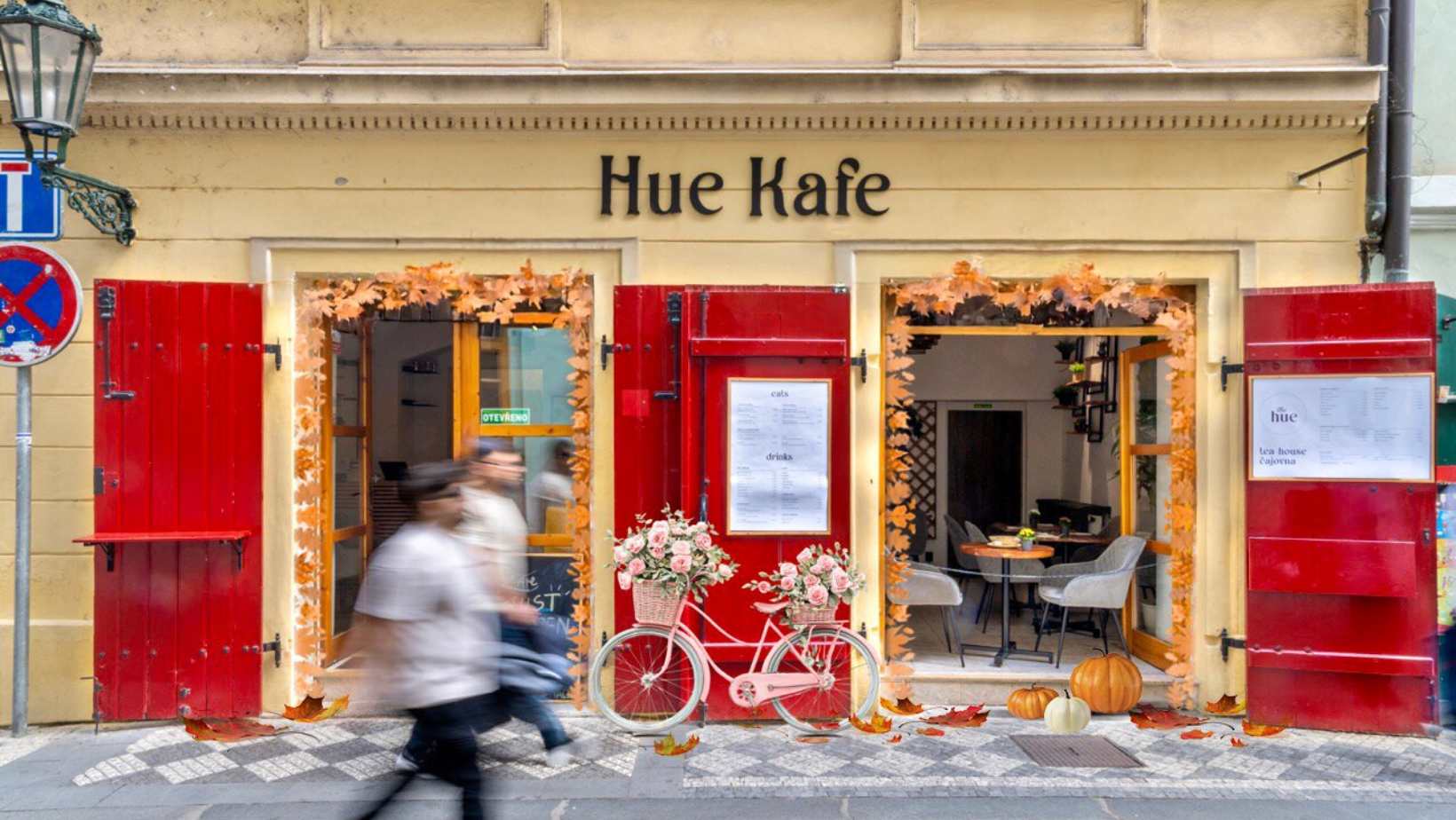On September 28th Czechs Celebrate St. Wenceslas Day
Prague Morning
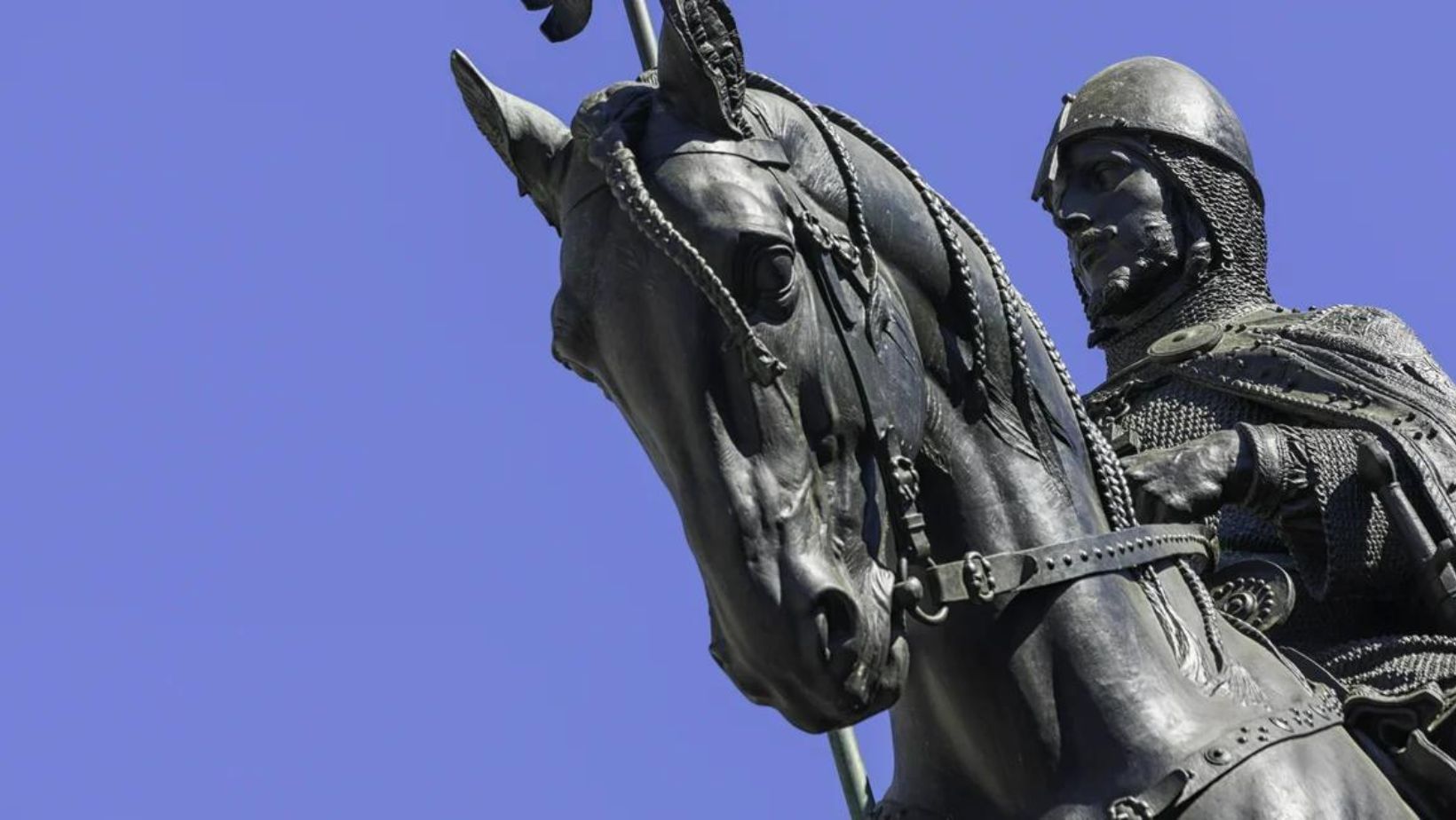
At the end of September, the entire country belongs to the patron saint of the Czech people. They honor the memory of St. Václav on the day when he was murdered by his brother.
One of the most famous monuments in the whole of Prague, and perhaps the whole of the Czech Republic, is the statue of St. Václav on Wenceslas (Václav) Square.
And it’s not just because this Czech prince is watching over one of the largest squares in the Czech Republic from his saddle. Nor is it because he has witnessed, astride his horse, many of the major events in the history of this country.
St. Václav is the patron of the Czech lands and the most popular saint here. His day falls on 28 September, when the Czech Republic celebrates Statehood Day.
Saint Wenceslas – the patron saint of the Czech lands
Wenceslas was a Czech prince who, after his murder, became a symbol of Czech statehood and a Catholic saint. He was born in 907 and was apparently murdered on September 28, 935. There are not sufficiently reliable contemporary sources for a precise reconstruction of the life of Wenceslas. His life can be reconstructed from legends and chronicles, both Czech and those written in the neighboring countries.
Wenceslas was the grandson of Princess Ludmila and the first historically documented Bohemian prince Bořivoj I. Wenceslas was raised by his grandmother, Saint Ludmila. According to tradition, he received at that time an unusually extensive education for rulers, which apparently consisted in the study of Latin and Slavonic books.
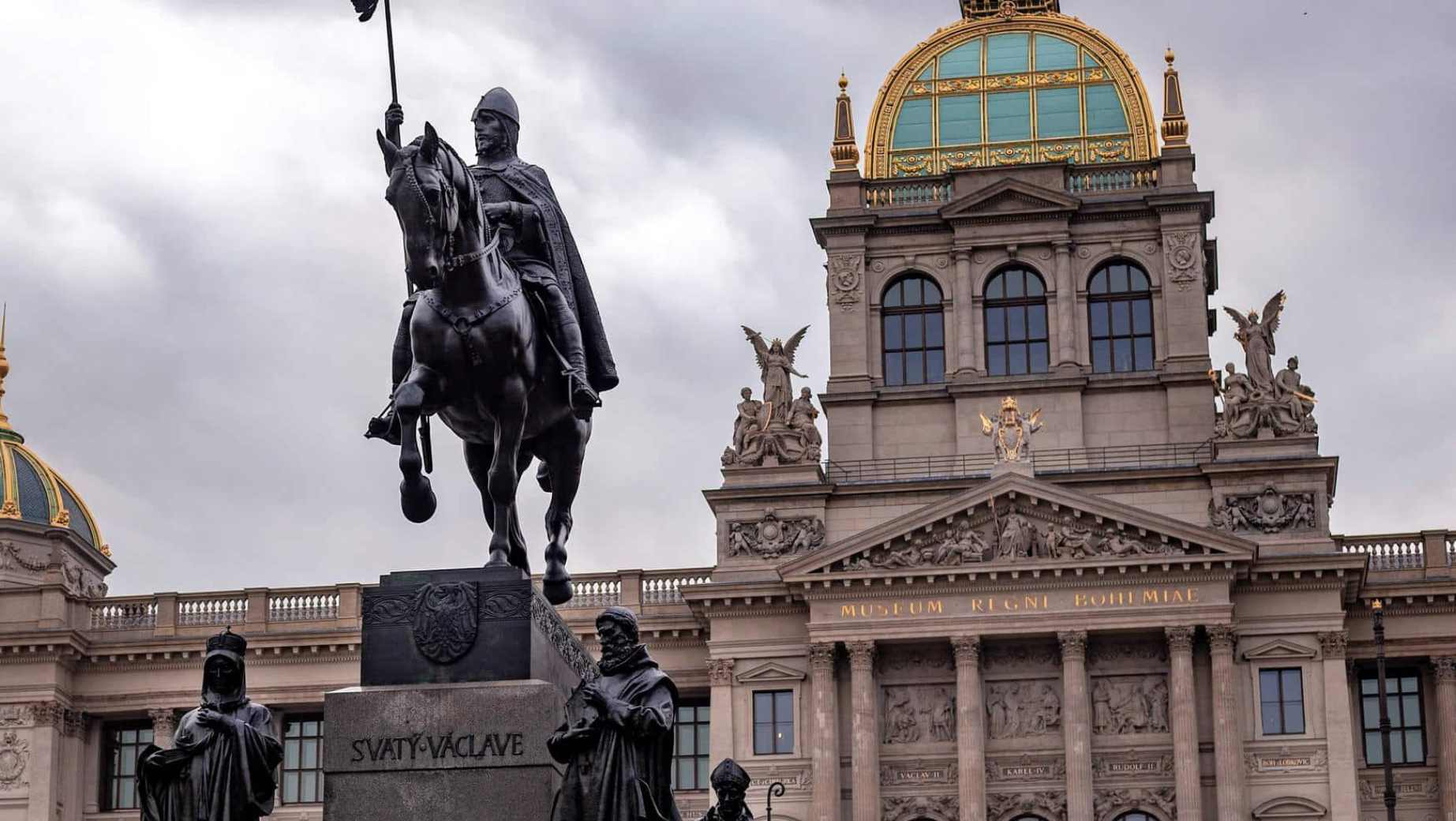
After the death of the father, the regency government was taken charge of by Wenceslas’s mother, Drahomíra. Wenceslas, along with his younger brother Boleslav, remained in the care of his grandmother. Between the two women, Drahomíra and Ludmila, and their supporters, a power struggle arose in the principality, which ended in the murder of Ludmila.
Legends depict Wenceslas’s mother as a champion of paganism, against which stood the champion of Christianity, Ludmila, whose role as the protector of the faith was later taken up by Wenceslas. He sat on the princely throne somewhere between 921 and 925. At that time, the Czech principality only consisted of central Bohemia around Prague, Stará Boleslav, and Mělník.
Wenceslas is depicted by legend as almost like a monk on the throne – a virtuous ruler who bought slaves, destroyed the pagan temples and at the current Prague Castle, even grew grapes for the production of sacramental wine.
But it is certain that at Prague Castle, he founded the Rotunda of St. Vitus, which became the basis for today’s Cathedral of St. Vitus. However, a power struggle eventually resulted in fratricide. In 935, Wenceslas was murdered by his younger brother Boleslav at the entrance to the church in his royal city – today’s Stará Boleslav.
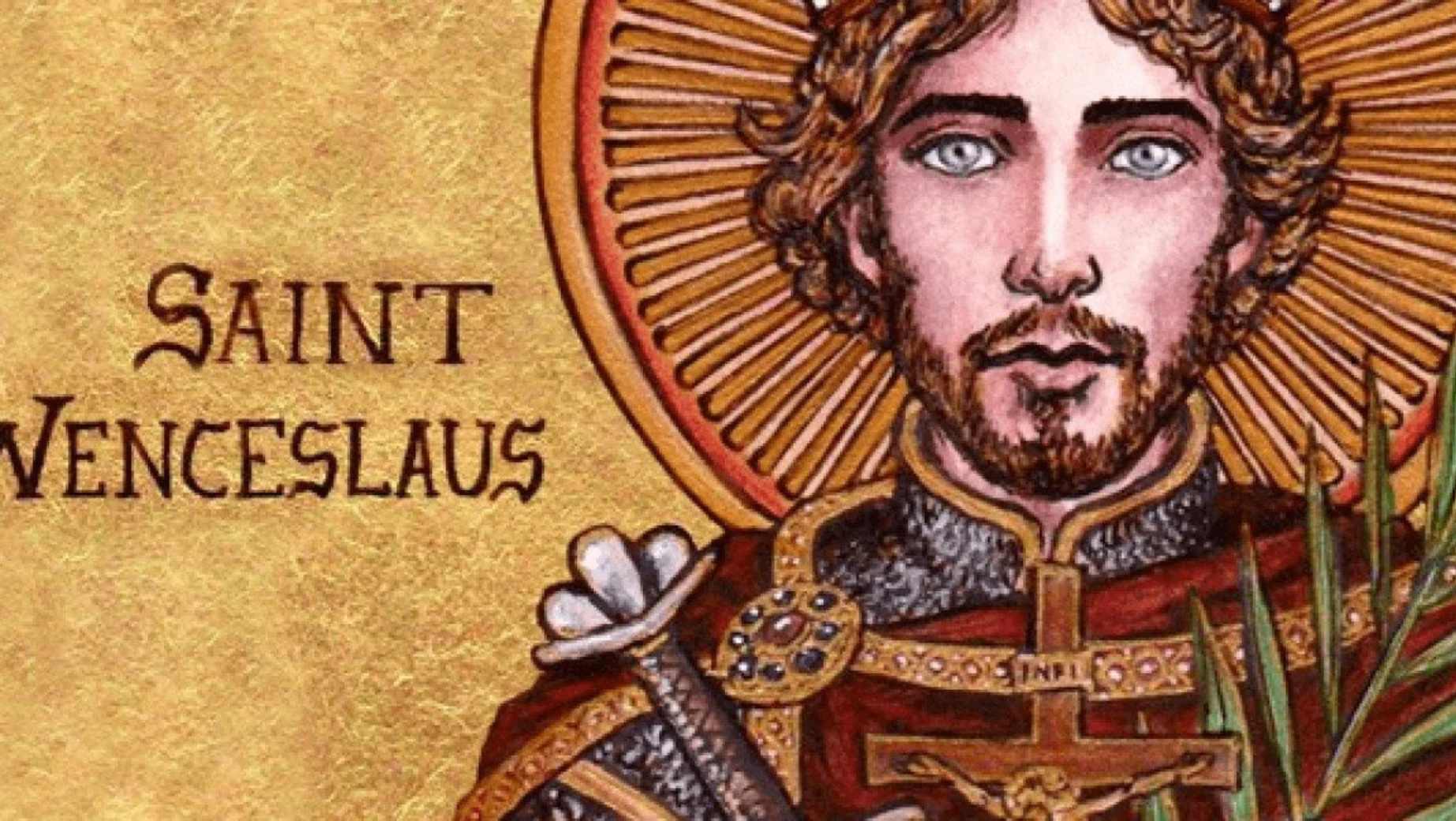
Events
There are several ways to celebrate. Many pubs and breweries are participating in the Days of Czech Beer, an event designed to coincide with the St. Wenceslas holiday that lasts until the end of the month. A map listing participating pubs, many of which are in Prague, can be found on the event’s website.
There are several ways to celebrate the holiday with something more cultural in Prague, where several buildings are open for visits. The government is opening up its office (Strakova akademie) from 9 a.m. to 5 p.m., with the last tour starting at 4 p.m. You will be able to see historical spaces as well as working areas.
The Ministry of Culture is welcoming people to its main building, Nostický palác in Malá Strana, from 10 a.m. to 5 p.m. People can expect tours and a cultural program showcasing the many areas where the ministry is active. The building has several paintings by old masters and a library of rare books.
Would you like us to write about your business? Find out more
-
NEWSLETTER
Subscribe for our daily news






